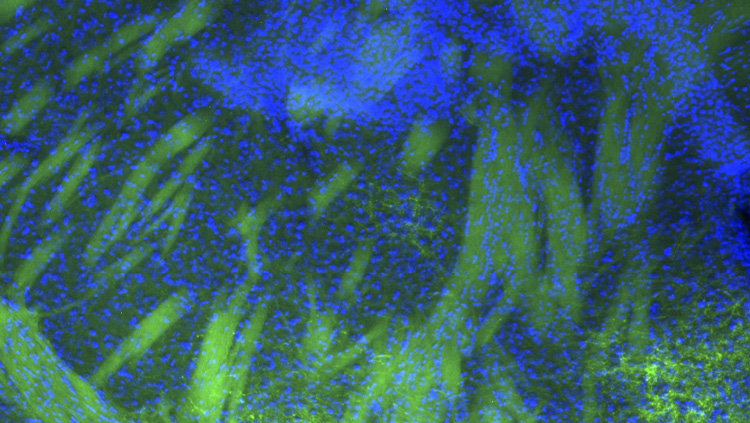The Role of Relationships and Communication in Project Management

Two often forgotten but important parts of project management are relationship management and communication. This article will cover how to effectively manage relationships among collaborators and communicate the progress and results of the project to other scientists and the public.
Relationship Management
Building strong relationships among collaborators is one of the most effective ways to ensure that the project you’re managing is successful. Relationship management can be broken down into two parts:
1. Project Expectations and Resource Inventory
Expectations for the project should be discussed at the beginning of the project. First, you’ll need to identify the resources needed for the project. Which do you have already? Which do you need to acquire? Think about expertise, tools, funding, and outreach channels.
A simple way to gather this information is to send a questionnaire to the collaborators before the first project meeting, listing the resources you anticipate are needed. Collaborators can then fill out what resources they can contribute and identify other project needs not listed.
Next, decide what the project’s deliverables and outcomes will be. Ask collaborators to clarify how they expect to be acknowledged — in publications, for example — and then summarize the responses and allow them to guide a discussion around this at the first project meeting. Make sure to formalize any relevant legal issues, such as intellectual property rights and funding specifics.
2. Communication Among Collaborators
When managing a scientific project, you’re likely to have collaborators outside of your department. Learning how to navigate your relationships with collaborators and build relationships among members of the team will maximize team spirit and, in turn, productivity. Keep collaborators informed about plans and the progress of the project, and facilitate dialogue among collaborators.
Communication to and among collaborators can be done in various ways. It’s useful to inquire with the parties about their preferred channels, as they are much more likely to use these channels if they’re already comfortable with them.
If you’re managing a large and complex project, you may want to consider a project management tool. Commonly used ones include Basecamp, Trello, Zoho, Wrike, and others. If you are managing a smaller project, you may be fine using email, Google Docs, and/or Slack. Regardless of which channel you choose, be proactive and ensure regular communication with collaborators, providing any relevant updates about the project.
Communication
In addition to our collaborators, we need to tell other scientists about the work we’ve done so they can develop, extend, and improve on it.
We also need to communicate to policymakers, industry professionals, healthcare providers, and the general public so they can use new scientific knowledge to make better-informed decisions regarding their well-being, public policy, and more.
When communicating the science of your project, consider who your target group is as well as the communication modes (how you present the information) and channels you’ll use to reach them.
Finding out your target group is simple — are you communicating to other scientists, stakeholders, or the general public? The modality and channel you choose will depend on your target group. Scientists and some categories of stakeholders are more easily reached through personal communications, while the general public are accessible through broader channels, such as social media and popular science outlets.
Examples of modalities include:
- In-person
- Text
- Visuals
- Video
- Citizen science
Communication channels can include:
- In-person events
- Popular science journals, magazines, or blogs
- TV or YouTube
- Social media
Communicating science is a scientific field of its own, and how to do it successfully is a topic you can study endlessly. If you’re interested in learning more, I’d recommend visiting the Alan Alda Center for Communicating Science, which provides training and educational resources. If nothing else, consider this science communication concept from Alan Alda:
“Effective science communication happens when we listen and connect. It happens when we use empathy. Communication is headed for success when we pay more attention to what the other person is understanding, rather than focusing solely on what we want to say.”
I interpret this to mean effective science communication is a two-way street. Not only is identifying your target group and its needs crucial, but you also need to be agile in your communication and modify your message during the dialogue with your target group. Be mindful of the response you get, and revise your communication with respect to knowledge gaps and cultural differences.






